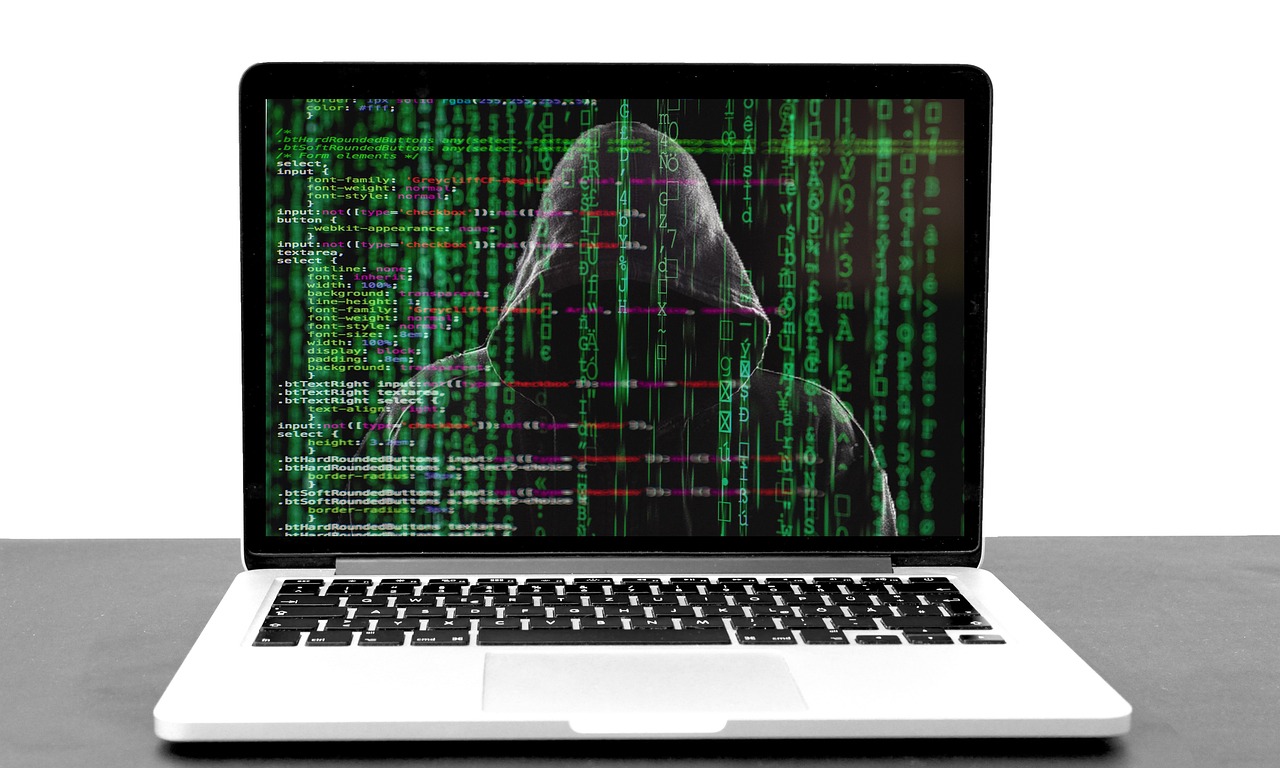In today’s interconnected world, the threat of cyber attacks looms large for individuals, businesses, and governments alike. Understanding the different types of attacks, their potential impact, and how to defend against them is crucial for maintaining security and protecting valuable data. This blog post will provide a comprehensive overview of cyber attacks, offering insights and actionable steps to enhance your cybersecurity posture.
Understanding the Landscape of Cyber Attacks
What is a Cyber Attack?
A cyber attack is any malicious attempt to access, damage, disrupt, or steal data, computer systems, or networks. These attacks can be carried out by individuals, organized crime groups, or even nation-states. The motivations behind cyber attacks vary widely, including financial gain, espionage, political activism, and simply causing disruption.
- Examples:
Stealing customer data from an e-commerce website.
Disrupting a hospital’s computer systems with ransomware.
* Gaining unauthorized access to government secrets.
Common Types of Cyber Attacks
The digital threat landscape is constantly evolving, but some common types of cyber attacks remain prevalent:
- Malware: Malicious software designed to infiltrate and damage computer systems. Examples include viruses, worms, Trojan horses, and spyware.
- Phishing: Deceptive attempts to trick individuals into revealing sensitive information, such as passwords, credit card numbers, and personal data.
- Ransomware: A type of malware that encrypts a victim’s files and demands a ransom payment in exchange for the decryption key.
- Denial-of-Service (DoS) & Distributed Denial-of-Service (DDoS) Attacks: Overwhelming a server or network with traffic, making it unavailable to legitimate users.
- Man-in-the-Middle (MitM) Attacks: Intercepting communication between two parties to eavesdrop or alter the information being exchanged.
- SQL Injection: Exploiting vulnerabilities in database applications to gain unauthorized access to data.
Recent Cyber Attack Statistics
- According to a report by Cybersecurity Ventures, global cybercrime costs are projected to reach $10.5 trillion annually by 2025.
- Verizon’s 2023 Data Breach Investigations Report (DBIR) found that 74% of breaches involved the human element.
- Ransomware attacks have surged in recent years, targeting critical infrastructure and businesses of all sizes.
The Impact of Cyber Attacks
Financial Consequences
Cyber attacks can have devastating financial consequences for organizations:
- Direct Costs: Ransom payments, data recovery expenses, legal fees, and regulatory fines.
- Indirect Costs: Business disruption, reputational damage, customer churn, and loss of intellectual property.
For example, the NotPetya ransomware attack in 2017 caused billions of dollars in damages to businesses worldwide, including Maersk, FedEx, and Merck.
Reputational Damage
A cyber attack can severely damage an organization’s reputation, leading to:
- Loss of customer trust.
- Negative media coverage.
- Decreased brand value.
- Difficulty attracting and retaining customers.
Operational Disruptions
Cyber attacks can disrupt business operations in various ways:
- System Downtime: Rendering critical systems unavailable, preventing employees from performing their jobs.
- Data Loss: Deleting or corrupting important data, potentially crippling business processes.
- Supply Chain Disruptions: Affecting suppliers and partners, causing delays and disruptions throughout the supply chain.
Proactive Cybersecurity Measures
Implementing Strong Passwords and Multi-Factor Authentication (MFA)
- Strong Passwords: Use complex passwords that are at least 12 characters long, including a mix of uppercase and lowercase letters, numbers, and symbols. Avoid using easily guessable information like names, birthdays, or common words.
- MFA: Enable multi-factor authentication wherever possible. MFA adds an extra layer of security by requiring a second form of verification, such as a code sent to your phone, in addition to your password.
Regularly Updating Software and Systems
- Patch Management: Regularly update software and operating systems with the latest security patches to fix vulnerabilities that attackers can exploit.
- Automated Updates: Enable automatic updates whenever possible to ensure that your systems are always up-to-date.
Employee Training and Awareness
- Phishing Simulations: Conduct regular phishing simulations to train employees to identify and avoid phishing attacks.
- Security Awareness Training: Provide comprehensive security awareness training to educate employees about common cyber threats and best practices for protecting company data.
- Clear Policies and Procedures: Establish clear security policies and procedures and ensure that all employees understand and follow them.
Network Security Measures
- Firewalls: Implement firewalls to control network traffic and block unauthorized access.
- Intrusion Detection/Prevention Systems (IDS/IPS): Deploy IDS/IPS to detect and prevent malicious activity on the network.
- Virtual Private Networks (VPNs): Use VPNs to encrypt network traffic and protect data when connecting to public Wi-Fi networks.
Incident Response and Recovery
Creating an Incident Response Plan
- Identification: Define a process for identifying and reporting security incidents.
- Containment: Implement measures to contain the spread of an attack and prevent further damage.
- Eradication: Remove the malware or threat from affected systems.
- Recovery: Restore systems and data to their pre-incident state.
- Lessons Learned: Conduct a post-incident review to identify weaknesses and improve security measures.
Data Backup and Recovery
- Regular Backups: Regularly back up critical data to a secure location.
- Offsite Backups: Store backups offsite or in the cloud to protect them from physical damage or theft.
- Testing Backups: Regularly test backups to ensure that they can be restored successfully.
Cyber Insurance
- Coverage: Consider purchasing cyber insurance to help cover the costs associated with a cyber attack, such as data breach notification, legal fees, and business interruption.
- Policy Review: Carefully review the policy to understand what is covered and what is not.
Conclusion
Cyber attacks are a persistent and evolving threat that requires constant vigilance and proactive security measures. By understanding the types of attacks, their potential impact, and implementing the strategies outlined in this blog post, individuals and organizations can significantly reduce their risk and protect their valuable data. Remember that cybersecurity is an ongoing process, not a one-time fix. Regularly assess your security posture, update your defenses, and stay informed about the latest threats to maintain a strong security posture.
Read our previous article: AI: Reshaping Drug Discovery And Beyond




